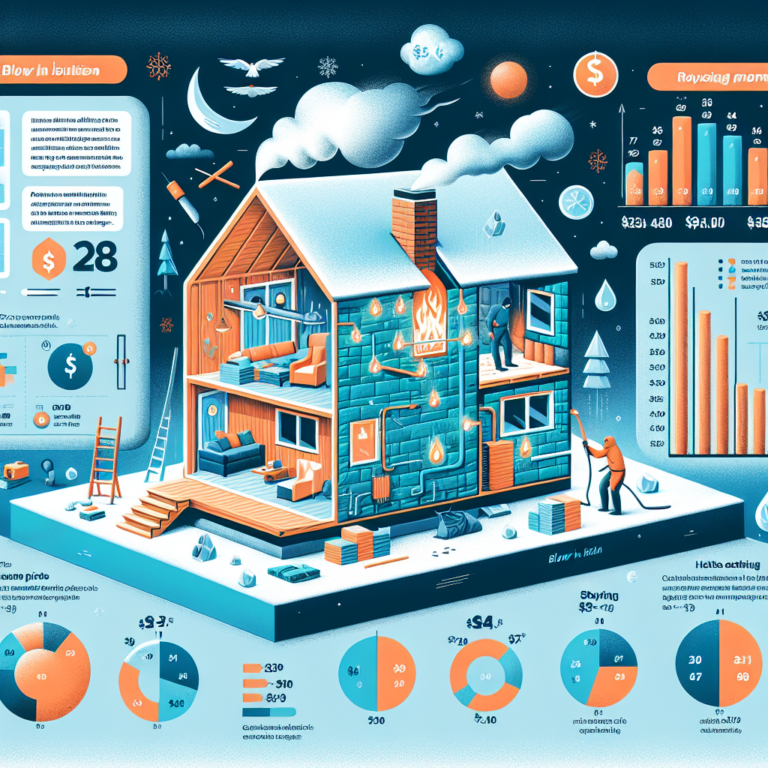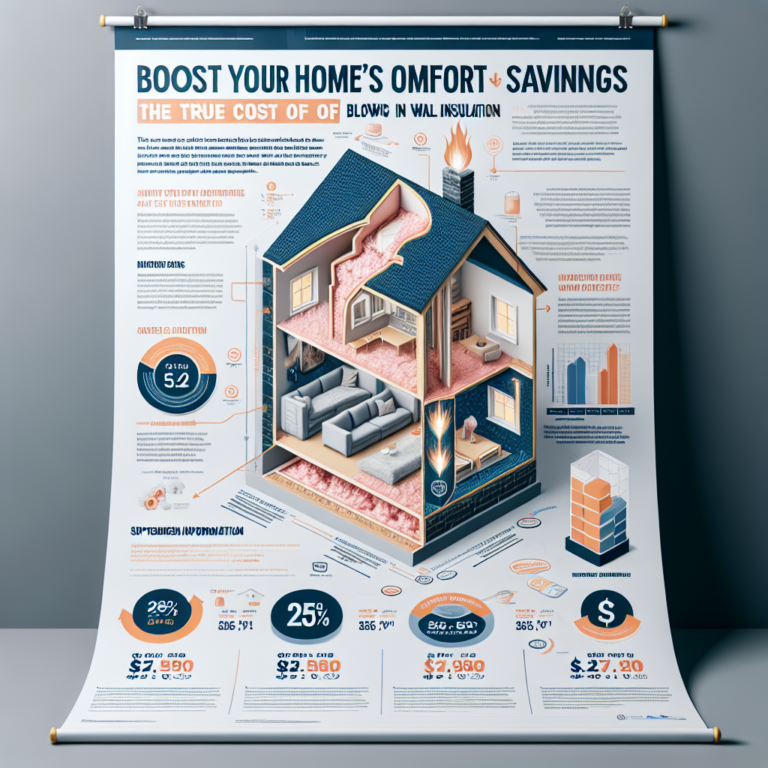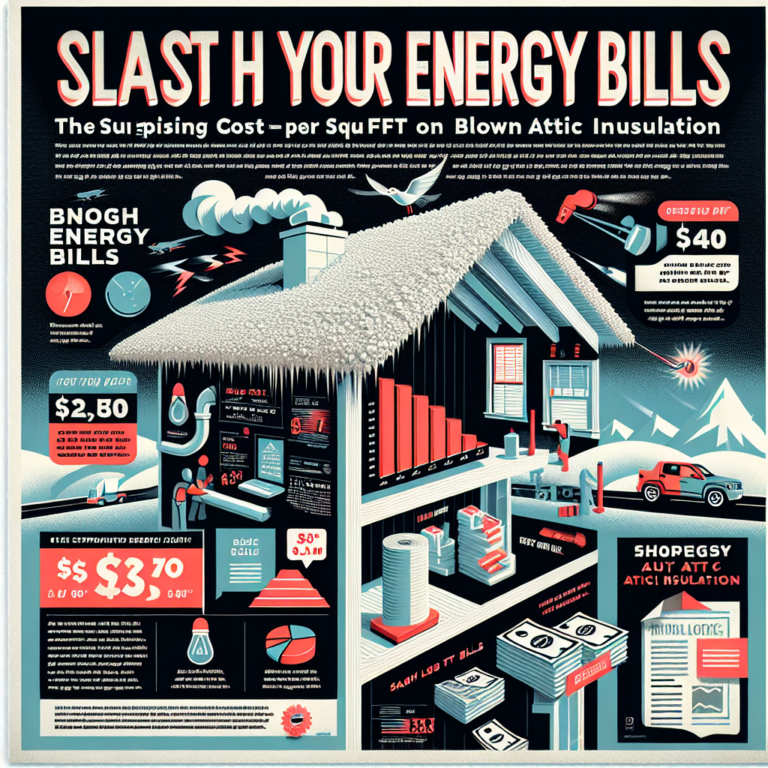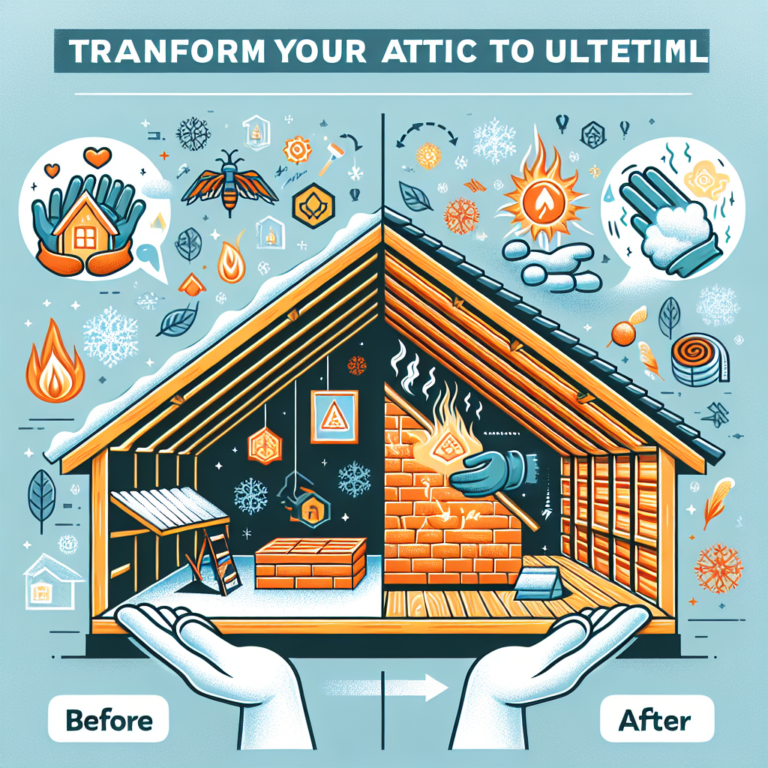Revolutionize Your Home with the Best Blown In Insulation: Greenfiber Cellulose
Table of Contents
Introduction
Benefits of Greenfiber Cellulose Blown In Insulation
How to Choose the Best Blown In Insulation for Your Home
Comparing Greenfiber Cellulose Blown In Insulation to Other Insulation Types
Q&A
Conclusion
Introduction
Energy efficiency, comfort and sustainability are top concerns for today’s homeowners. Greenfiber cellulose blown in insulation delivers on all three. Made from recycled paper fibers treated with safe, fire-retardant and pest-resistant borate, this innovative insulation fills every nook and cranny of walls, attics and crawlspaces with a dense, seamless barrier against heat transfer. In this guide, you’ll learn why Greenfiber Cellulose Blown In Insulation is the eco-friendly choice that can slash your utility bills, reduce noise and protect your home for decades.
Benefits of Greenfiber Cellulose Blown In Insulation
Eco-Friendly and Sustainable
• Made from up to 85% recycled paper, Greenfiber cellulose reduces landfill waste and lessens the demand for virgin materials.
• Its low-emission manufacturing process consumes less energy than fiberglass or spray foam.
Superior Thermal Performance
• With an R-value of 3.8–4.0 per inch, Greenfiber Cellulose Blown In Insulation outperforms traditional fiberglass batts (3.1–3.4 per inch) and matches many spray foams.
• The dense fibers conform to irregular spaces, minimizing air leaks and thermal bridging.
Noise Reduction
• The fibrous density acts as a sound absorber, cutting traffic, appliance and neighbor noise.
• Ideal for multi-family homes or rooms requiring additional privacy, such as offices or bedrooms.
Fire Resistance and Safety
• Treated with non-toxic fire-retardant borate, Greenfiber cellulose meets Class 1 fire safety ratings.
• The material will not off-gas volatile organic compounds (VOCs), keeping indoor air quality healthy.
Mold, Mildew and Pest Resistance
• Borate treatment also deters mold, mildew and insects without harmful chemicals.
• Particularly beneficial in humid climates or areas prone to termite activity.
Easy Installation and Retrofit Friendly
• Blown in via specialized equipment, it fills tight cavities, elbow corners and hard-to-reach attic spaces.
• Ideal for both new construction and retrofitting older homes without major demolition.
Cost-Effective Over the Long Term
• Although initial costs may slightly exceed fiberglass batts, energy savings often cover the difference in just a few years.
• Durable and stable, it resists settling and maintains its R-value over time, avoiding costly re-insulation.
How to Choose the Best Blown In Insulation for Your Home
Determine Your Required R-Value
• Consult local building codes and climate guidelines to select the optimal R-value.
• Attics in colder zones typically require R-38 to R-60, while milder climates may call for R-30 to R-49.
Weigh Installation Methods
• Machine installation is fast and ideal for large attic floors or wall cavities.
• Hand-packed installation allows precise coverage in small or irregular spaces but may require more labor.
Compare Manufacturers and Certifications
• Look for Greenfiber products certified by ENERGY STAR® or the Cellulose Insulation Manufacturers Association (CIMA).
• Ask for details about recycled content percentage, warranty coverage and fire-safety ratings.
Get Multiple Quotes
• Request estimates from at least three experienced installers to compare pricing, scope of work and project timelines.
• Verify that installers carry proper insurance and follow industry best practices for attic venting and air sealing.
Review Long-Term Warranty and Maintenance
• Choose insulation backed by a limited lifetime warranty to protect your investment.
• Ensure proper attic ventilation and moisture control to maintain performance and prevent condensation issues.
Comparing Greenfiber Cellulose Blown In Insulation to Other Insulation Types
Fiberglass Batts
• Pros: Low upfront cost, DIY-friendly.
• Cons: Prone to gaps, sagging and reduced R-value over time; contains irritant glass fibers.
Spray Foam
• Pros: High R-value per inch, air-sealing properties.
• Cons: Higher cost, requires professional installation, potential off-gassing and environmental concerns.
Mineral Wool
• Pros: Fire-resistant, soundproofing.
• Cons: Higher cost, less recycled content, more labor-intensive to install.
Greenfiber Cellulose Blown In Insulation
• Pros: High recycled content, excellent R-value, superior noise control, mold and pest resistance, cost-effective long term.
• Cons: Slightly higher initial cost than fiberglass, professional installation recommended.
Q&A
Q: Is Greenfiber Cellulose Blown In Insulation safe for families and pets?
A: Yes. It contains no formaldehyde or VOCs and is treated only with non-toxic borate.
Q: Will cellulose insulation settle over time?
A: High-quality Greenfiber products resist settling. Proper installation depth and density prevent performance loss.
Q: How long does blown-in cellulose insulation last?
A: With correct installation and attic ventilation, it can last 50 years or more, matching the lifespan of your home.
Conclusion
Greenfiber Cellulose Blown In Insulation offers a powerful combination of eco-friendliness, thermal performance and long-term value. By choosing this sustainable, high-R-value insulation, you not only cut energy bills and noise pollution but also protect your home against fire, mold and pests. Revolutionize your home today with the best blown in insulation—experience the comfort and savings of Greenfiber Cellulose.












